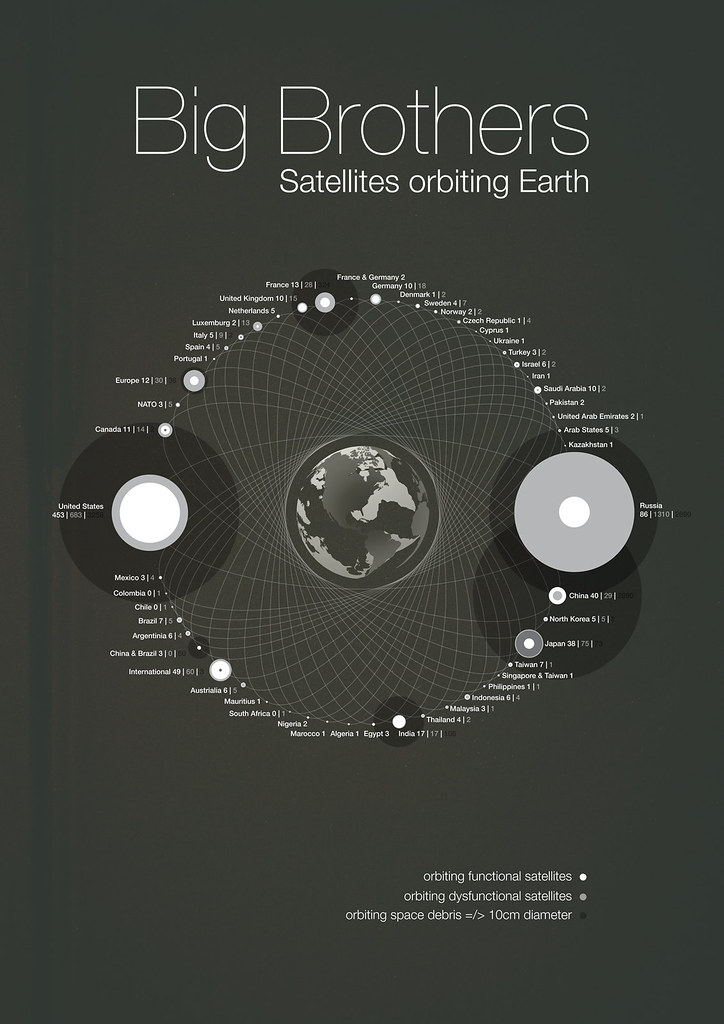I came across this interesting graph about satellites around our planet, Earth and i wanted to share it with you guys and girls.

The source is from the website below in case you need to know.
http://www.flickr.com/photos/michaelpaukner/4314987544/in/pool-16135094@N00
BTW South Korea just had a successful launch of a satellite ,STSAT-2C, into space in 2013, after two previous failed attempts. This new data is not reflected in the graph above.

The source is from the website below in case you need to know.
http://www.flickr.com/photos/michaelpaukner/4314987544/in/pool-16135094@N00
BTW South Korea just had a successful launch of a satellite ,STSAT-2C, into space in 2013, after two previous failed attempts. This new data is not reflected in the graph above.
Last edited:


